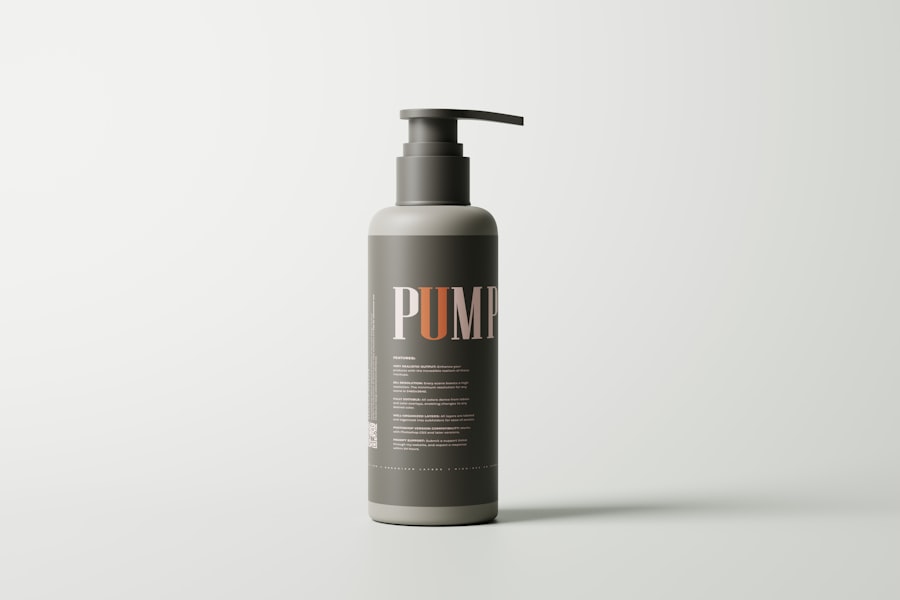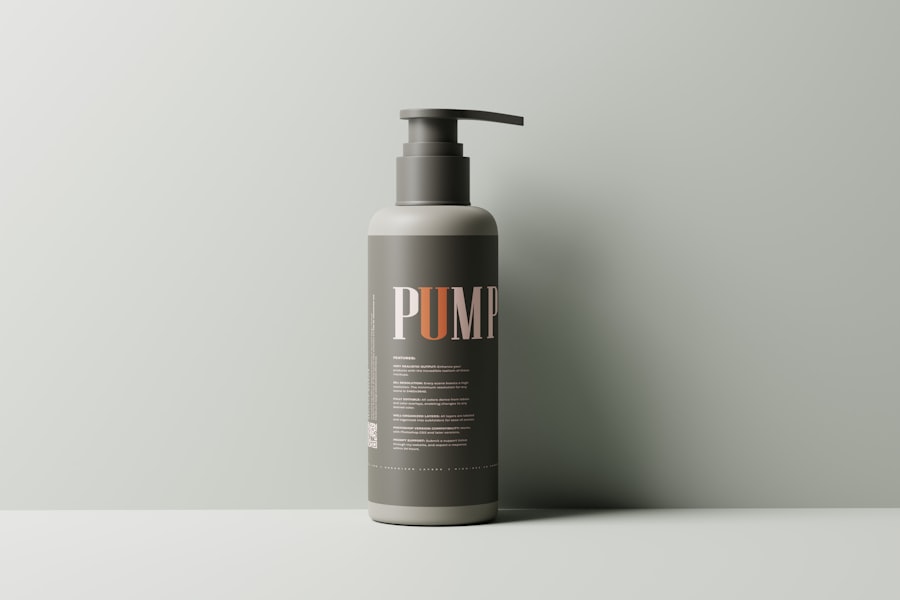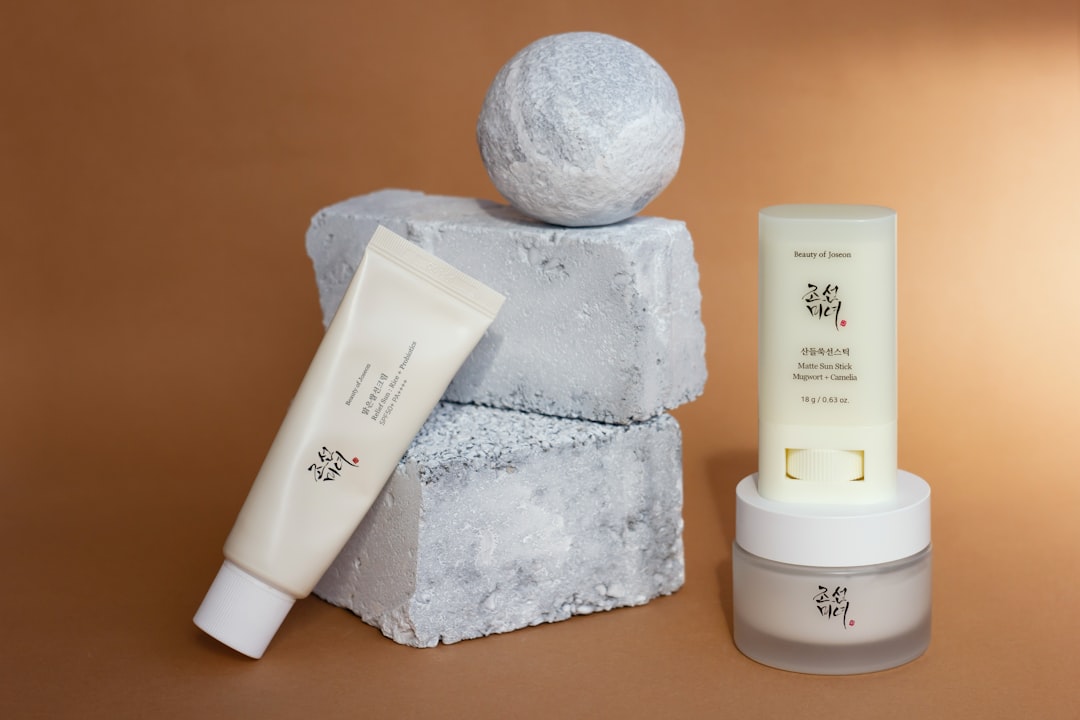Aftercare is a crucial aspect of any cosmetic or medical procedure, and understanding its significance can greatly enhance your overall experience and results. When you undergo a treatment, whether it’s a laser procedure, microdermabrasion, or any other skin-related intervention, your skin requires special attention in the days and weeks that follow. This period is when your skin is healing and adjusting to the changes made during the procedure.
Neglecting aftercare can lead to complications, prolonged recovery times, and suboptimal results, which is why it’s essential to prioritize this phase. You may find that aftercare not only aids in healing but also helps to maintain the benefits of the treatment you received. By following the recommended aftercare guidelines, you can minimize discomfort, reduce the risk of infection, and enhance the overall appearance of your skin.
It’s an investment in your well-being and beauty that pays off in the long run. Understanding the importance of aftercare empowers you to take control of your healing process, ensuring that you achieve the best possible outcome from your treatment.
Key Takeaways
- Aftercare is crucial for the success of any cosmetic procedure, as it helps with healing and ensures optimal results.
- Managing discomfort and redness after a cosmetic treatment can be achieved through proper care and following post-procedure instructions.
- Protecting the treated area from sun exposure is essential to prevent damage and maintain the results of the procedure.
- Maintaining a good hygiene and skincare routine is important to promote healing and prevent infections after a cosmetic treatment.
- Avoiding certain activities and products, such as harsh chemicals and exfoliants, is necessary to prevent complications and ensure proper healing.
Managing Discomfort and Redness
Experiencing discomfort and redness after a procedure is common, but managing these sensations effectively can make a significant difference in your recovery. You might notice that your skin feels sensitive or appears slightly inflamed immediately following treatment. This reaction is typically temporary and part of the healing process.
To alleviate discomfort, consider applying a cool compress to the affected area. This simple method can help soothe irritation and reduce redness, making you feel more comfortable as your skin begins to heal. In addition to cool compresses, over-the-counter pain relief medications can be beneficial if you find the discomfort to be more than mild.
Always consult with your healthcare provider before taking any medication to ensure it’s appropriate for your situation.
By taking proactive steps to manage discomfort and redness, you can create a more pleasant recovery experience and allow your skin to return to its natural state more quickly.
Protecting the Treated Area from Sun Exposure

One of the most critical aspects of aftercare is protecting the treated area from sun exposure. Your skin is particularly vulnerable after a procedure, and exposure to UV rays can lead to complications such as hyperpigmentation or prolonged redness. It’s essential to apply a broad-spectrum sunscreen with an SPF of at least 30 every day, even on cloudy days or when you’re indoors.
This protective measure will shield your skin from harmful rays and help maintain the results of your treatment. In addition to sunscreen, wearing protective clothing such as wide-brimmed hats or long sleeves can further safeguard your skin from sun damage. If you plan to be outdoors for an extended period, seek shade whenever possible.
Remember that sun protection is not just a one-time effort; it should be a consistent part of your daily routine, especially during the healing phase. By prioritizing sun protection, you can significantly enhance your skin’s recovery and ensure that the results of your treatment remain vibrant and long-lasting.
Maintaining Hygiene and Skincare Routine
| Category | Metrics |
|---|---|
| Hygiene | Frequency of handwashing |
| Skincare Routine | Number of steps in skincare routine |
| Hygiene | Time spent on dental care |
| Skincare Routine | Use of sunscreen |
Maintaining proper hygiene is vital during the aftercare phase to prevent infections and promote healing. You should gently cleanse the treated area with a mild, non-irritating cleanser twice daily. Avoid using harsh scrubs or exfoliants, as these can aggravate sensitive skin and hinder recovery.
Instead, opt for products specifically designed for post-procedure care, as they are formulated to be gentle yet effective. In addition to cleansing, it’s essential to establish a skincare routine that supports healing without overwhelming your skin. Incorporate hydrating products that contain soothing ingredients like aloe vera or hyaluronic acid.
These components can help replenish moisture and calm irritation.
By maintaining hygiene and a thoughtful skincare routine, you can create an optimal environment for your skin to recover beautifully.
Avoiding Certain Activities and Products
During the aftercare period, it’s crucial to avoid specific activities and products that could compromise your healing process. High-intensity workouts or activities that cause excessive sweating should be temporarily set aside, as they can irritate the treated area and increase the risk of complications. Instead, consider opting for gentle exercises like walking or yoga that won’t put undue stress on your skin.
Additionally, steer clear of certain skincare products that may contain harsh chemicals or fragrances. Ingredients like retinoids, alpha hydroxy acids (AHAs), and beta hydroxy acids (BHAs) should be avoided until your skin has fully healed. These products can cause irritation and disrupt the recovery process.
Instead, focus on using gentle moisturizers and soothing serums that support healing without causing further irritation. By being mindful of your activities and product choices during this time, you can significantly enhance your recovery experience.
Monitoring for Potential Side Effects

As you navigate through the aftercare phase, it’s essential to remain vigilant about monitoring for potential side effects. While most individuals experience only mild discomfort and redness post-treatment, some may encounter unexpected reactions such as increased swelling, persistent pain, or signs of infection like pus or fever. Being aware of these symptoms allows you to take prompt action if necessary.
If you notice any concerning changes in your skin or experience symptoms that seem out of the ordinary, don’t hesitate to reach out to your healthcare provider for guidance. Early intervention can often prevent more serious complications from developing. Keeping a close eye on your skin’s condition not only ensures your safety but also provides peace of mind as you focus on healing and enjoying the results of your treatment.
Scheduling Follow-Up Appointments
Scheduling follow-up appointments is an integral part of the aftercare process that should not be overlooked. These visits allow your healthcare provider to assess how well you are healing and whether any adjustments need to be made to your aftercare routine. During these appointments, you can discuss any concerns or questions you may have about your recovery process.
Follow-up visits also provide an opportunity for your practitioner to evaluate the results of your treatment and determine if additional sessions are necessary for optimal outcomes. Staying committed to these appointments demonstrates your dedication to achieving the best possible results while ensuring that any potential issues are addressed promptly. By prioritizing follow-up care, you are taking an active role in your recovery journey.
Long-Term Maintenance and Touch-Up Sessions
Once you have completed the initial aftercare phase, it’s important to consider long-term maintenance and touch-up sessions as part of your overall skincare strategy. Many cosmetic treatments require periodic touch-ups to maintain their effects over time. Discuss with your practitioner how often these sessions should occur based on your specific treatment and individual needs.
In addition to touch-ups, incorporating a consistent skincare routine into your daily life will help prolong the benefits of your treatment. This may include regular use of sunscreen, hydrating products, and gentle exfoliation as recommended by your provider. By committing to long-term maintenance strategies, you can ensure that the results of your treatment remain vibrant and youthful for years to come.
In conclusion, understanding the importance of aftercare is essential for anyone undergoing cosmetic or medical procedures. By managing discomfort and redness effectively, protecting treated areas from sun exposure, maintaining hygiene, avoiding certain activities and products, monitoring for side effects, scheduling follow-up appointments, and committing to long-term maintenance strategies, you can significantly enhance your recovery experience and achieve optimal results from your treatment. Taking these steps not only promotes healing but also empowers you to take control of your skincare journey for lasting beauty and confidence.
After undergoing laser hair removal treatment, it is important to follow proper aftercare instructions to ensure optimal results. One related article that provides helpful tips for aftercare after laser hair removal can be found on In Laser Hair Removal’s website. This article discusses the importance of moisturizing, avoiding sun exposure, and staying hydrated to promote healing and reduce the risk of complications. By following these aftercare tips, individuals can maintain smooth and hair-free skin for longer periods of time.
FAQs
What is aftercare after laser hair removal?
Aftercare after laser hair removal refers to the steps and precautions that should be taken following a laser hair removal treatment to ensure proper healing and optimal results.
Why is aftercare important after laser hair removal?
Aftercare is important after laser hair removal to minimize the risk of complications such as skin irritation, infection, or hyperpigmentation, and to promote the best possible results from the treatment.
What are some common aftercare tips for laser hair removal?
Common aftercare tips for laser hair removal include avoiding sun exposure, wearing sunscreen, avoiding hot showers and baths, avoiding tight clothing, and keeping the treated area clean and moisturized.
How long does aftercare last after laser hair removal?
Aftercare for laser hair removal typically lasts for a few days to a few weeks, depending on the individual’s skin type and the specific instructions provided by the treatment provider.
Are there any specific products recommended for aftercare after laser hair removal?
Some treatment providers may recommend specific products for aftercare after laser hair removal, such as gentle cleansers, moisturizers, and soothing creams to help with any discomfort or irritation.
What should I do if I experience any adverse reactions during aftercare after laser hair removal?
If you experience any adverse reactions during aftercare after laser hair removal, such as severe pain, blistering, or signs of infection, it is important to contact your treatment provider immediately for further guidance and assistance.




